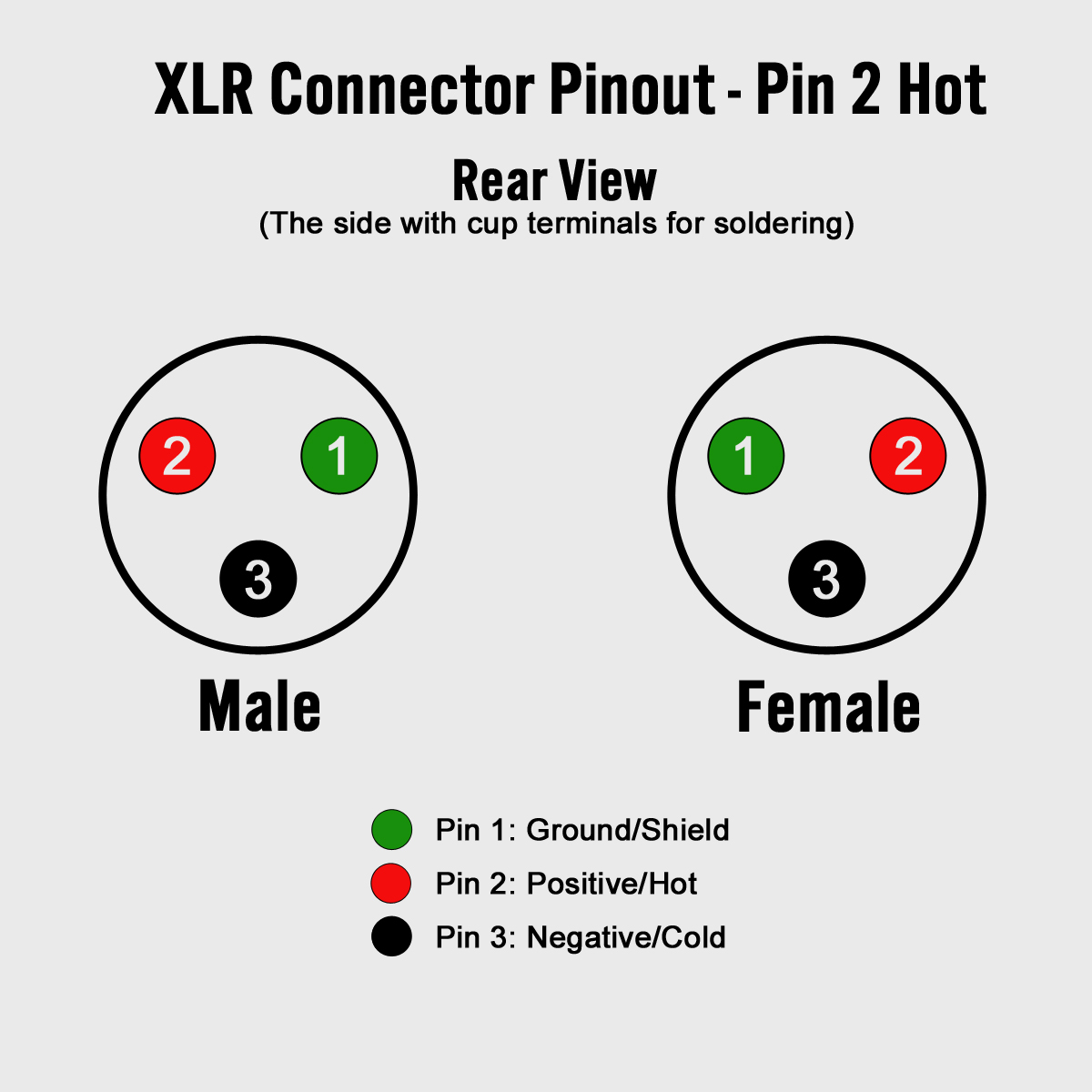My take: both Loesch and Amir are right about certain things and are wrong about others. Like all humans are. Let me highlight things I believe are of interest to audiophiles.
(A) Loesch is wrong about equivalence of SINAD and THD. Amir is right about high SINAD being a more definitive necessary criterium of high audio fidelity than low THD.
(B) Loesch is right about both high SINAD and low THD not being sufficient criteria of high audio fidelity. Amir is wrong about using SINAD and THD as definitive criteria for audio gear recommendations.
The way I see it, we ought to consider at least three participating entities:
(1) Concrete music fragment
(2) Sound reproduction chain
(3) Particular listener
The implicit question the objectivists are trying to answer: is the sound reproduction chain A going to be statistically meaningfully perceived as providing higher sound fidelity than audio chain B, for all practical music fragments and all practical listeners.
The precise answer to this question requires averaging of experimental results over all music fragments and all listeners - clearly a task impossible for mere mortals. So, an approximate answer is sought instead.
Nature of approximation strongly influences the answer. Objective measurements narrow down the probabilities of the true answer being yes, no, unknown. Yet they inherently, by their very nature, can’t give absolutely accurate true answer.
Thinking probabilistically, SINAD narrows the answer stronger for more music fragments than THD, because instead of one sinusoid it uses a mix of several sinusoids, which is statistically closer to average of all music fragments.
Yet neither SINAD nor THD can be a sufficient criterium for narrowing the answer to the absolute certainty. One can always imagine a music fragment and a listener for which the ranking by SINAD and THD would be opposite to the subjective one.
My take on the objective measurements is this: take them as mere input parameters into process of your own narrowing of the answer, based on characteristics of music genres you are going to listen to.


